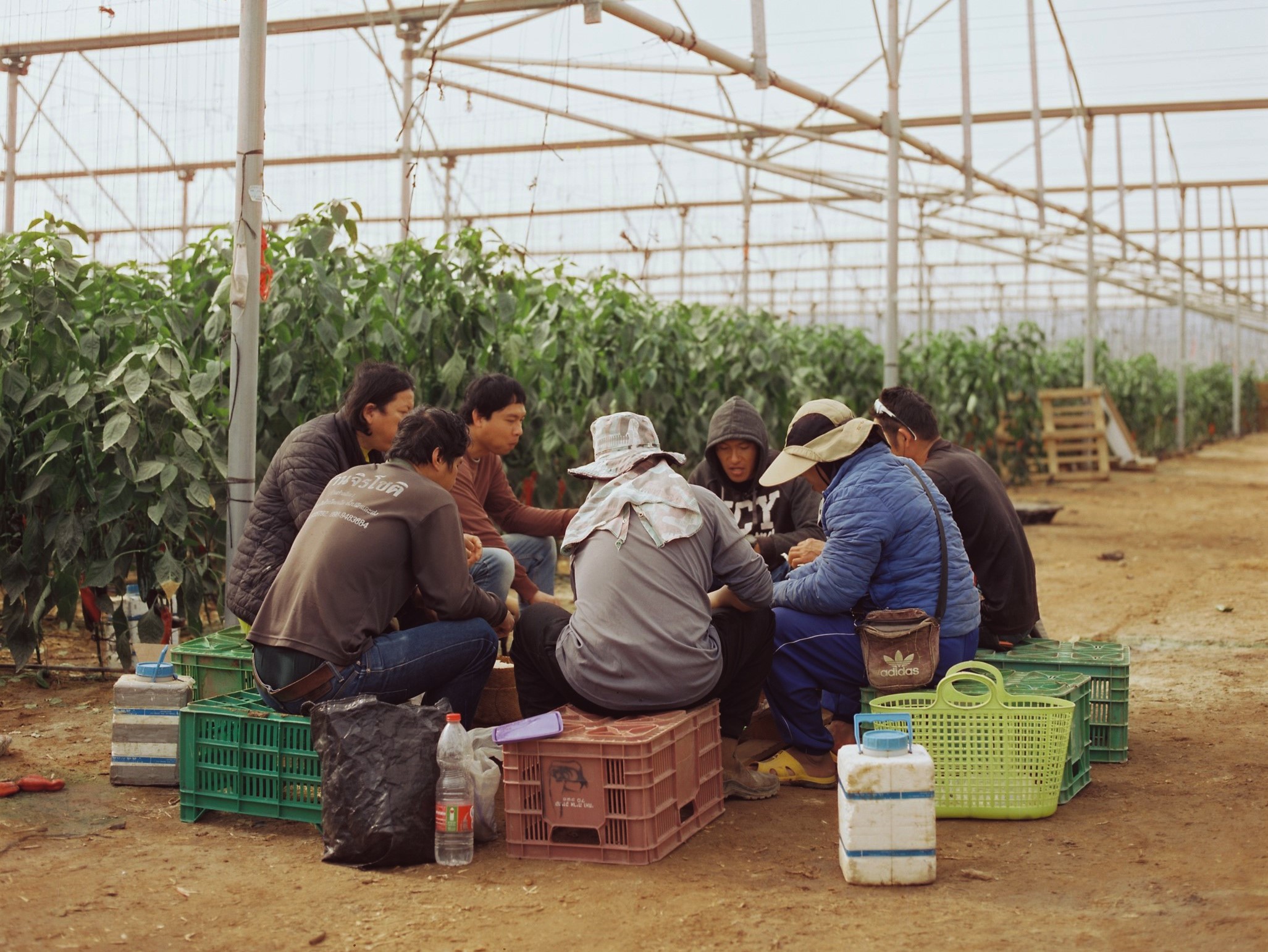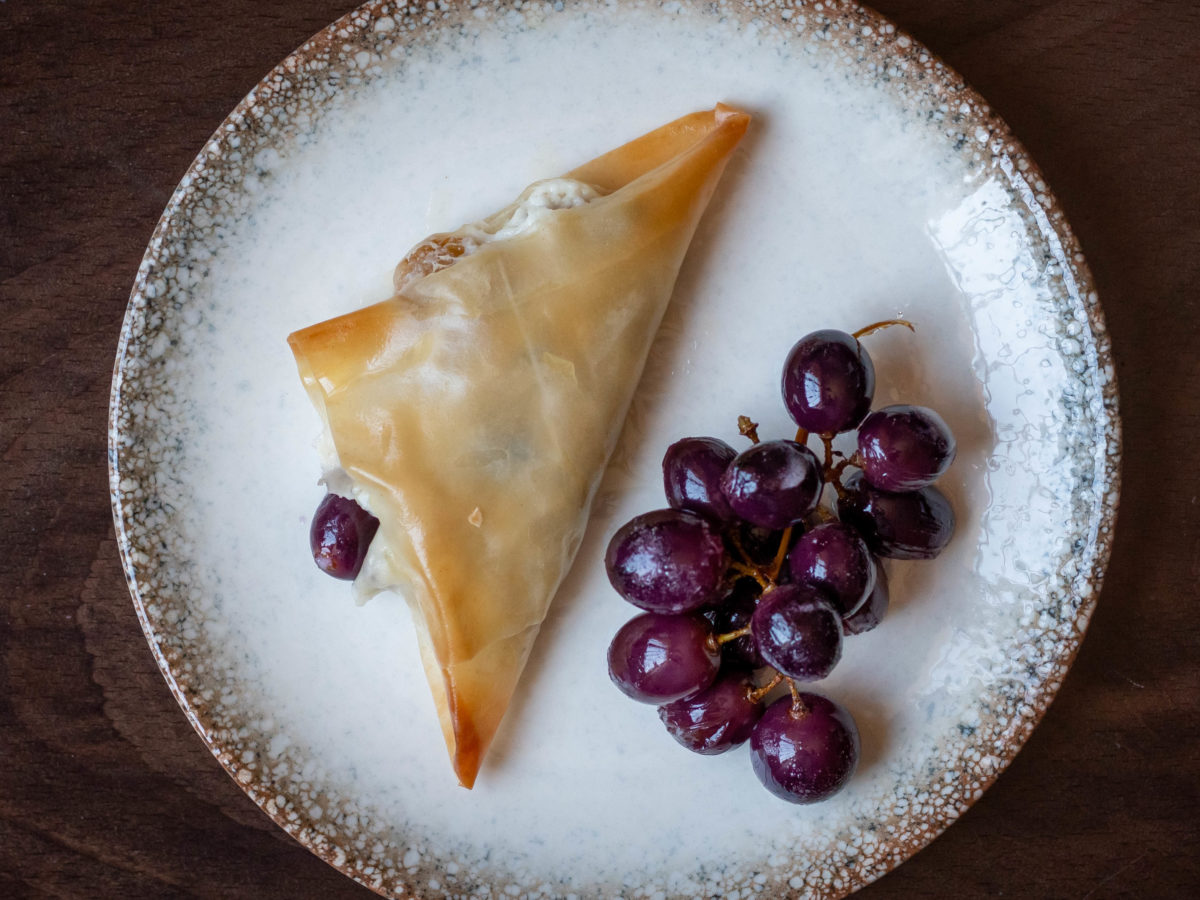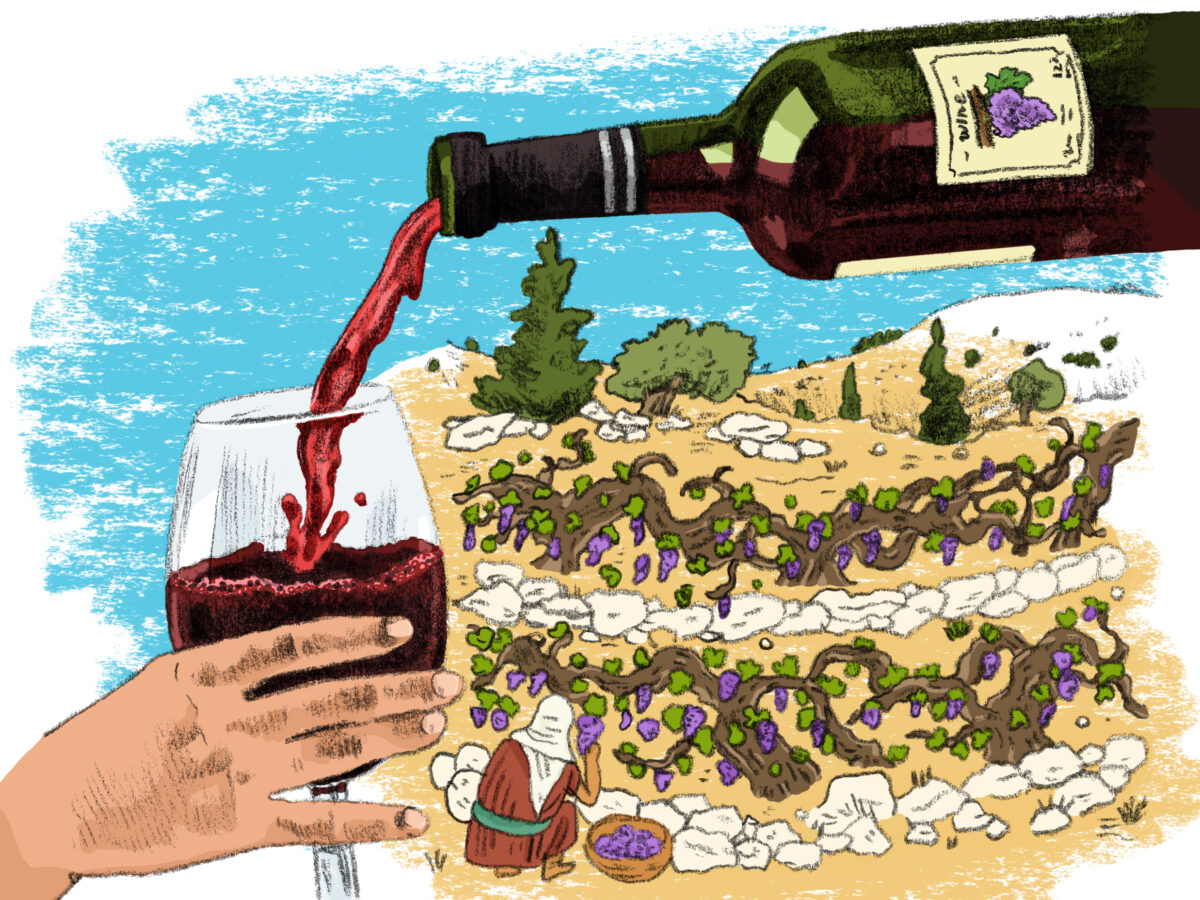The Israeli job market no longer relies on “Hebrew” Jewish laborer: most blue-collar workers are now migrant workers, asylum seekers with no legal status, and Palestinians. An examination of workers’ restaurants raises an almost unavoidable question about the status of local workers and their exclusion from the restaurants that were originally established to feed them.
And yet, eating is a necessity for all, even for those who cannot afford to take a long, relaxing break from their daily routine and sit down in a restaurant. A split-screen video work presents different work environments, meals, and culinary interactions of workers in Israel today.
Thai Workers’ Meal in Idan, the Arava
Equipped with a styrofoam water cooler and a plastic basket containing their meal for the day, Thai workers from the Peleg-Galilee farm, located at Moshav Idan in the Arava, head out to the hothouses. Palermo peppers are ready to be picked and each morning they arrive at 6 a.m. and stop two hours later for breakfast. Flattened cardboard boxes are spread on the ground to separate the food from the soil, and each worker places down his portion of rice and a cooked dish prepared in advance. Workers usually grow the fresh produce themselves, and buy the dry products they need at a store that imports it for them. No plates are needed — the workers’ hands roll the sticky rice into balls and dip it into containers placed at the center. There’s a papaya salad, a fish stew, soup, fried chicken, sausages, and other delicacies. This is also the time to call family members who are far away. Then back to work, and at 12 p.m. it’s time for lunch – the cardboard is spread on the ground once again, everyone sits down to eat the same rice and stews, and it’s back to work.
A Meal of Workers from Tulkarm in the Fields of Kfar Haim
Each morning, Rifat Kamel Hussein Ali (56), his son Muhammad (32), and Muhammad Khaled Abu Shaqra (25) arrive at the fields of Aleh-Aleh in Kfar Haim. At noon they take their lunch break, and the plastic boxes used for collecting vegetables in the field become makeshift tables and chairs. They serve homemade delicacies: hummus, fava beans, and tuna or eggplant salad. If they have avocado, they mash it on the spot, cut raw onion, and add some arugula leaves or tomatoes fresh from the field. They also bring pitas, which have a vital role: they are dipped into the hummus, fava beans and avocado salad, or used to wrap a spiced falafel ball. At 5 p.m., the workers return home.
A Workers’ Meal in a Construction Site in Ramat Hasharon:
Every morning at 7 a.m., the workers arrive at the construction site in Ramat Hasharon to begin their workday. Most of them came from Turkey, a few are from Sudan. They start their day with a light meal consisting of a sandwich or a cookie; surprisingly, the Turkish workers skip the strong black coffee in favor of hot tea, which they will be drinking throughout the day. At 12 p.m. they take a break for lunch. They bring the food with them: it may be a cooked dish, prepared the previous evening in the tiny kitchen of a rented apartment in south Tel Aviv or Petah Tikva, a chopped salad, or a sandwich. It’s also a good time to open one’s cellphone and video call relatives far away.


